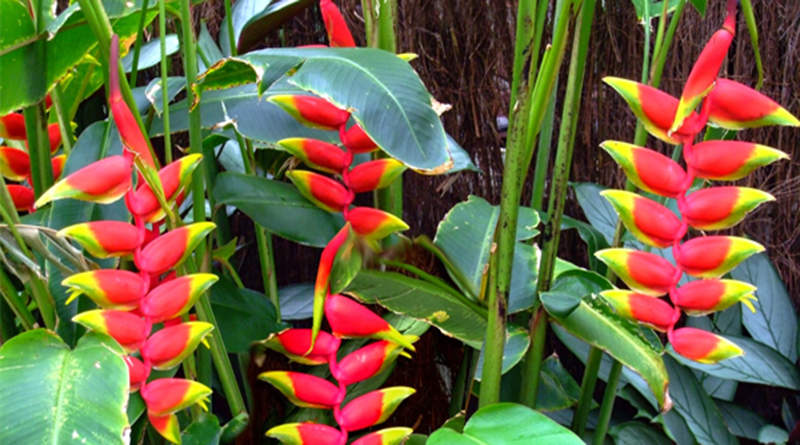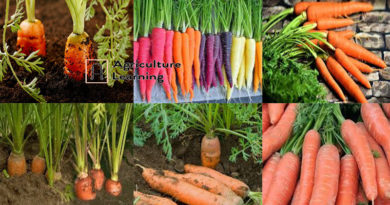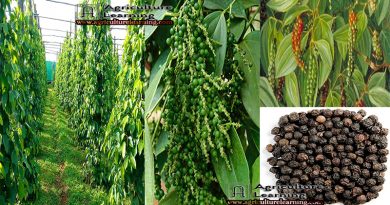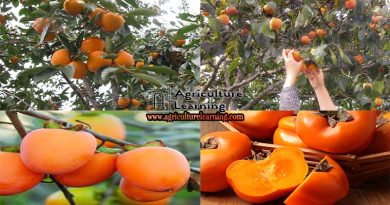Cultivation Method of Lobster Claw Plant Indoors| Grower’s Tips
To many people, Heliconia, also known as lobster claw, is the essence of the tropics. These plants are heavily cultivated in tropical areas, and grow profusely in places like Hawaii, Costa Rica, and Bali. It’s true they aren’t ideal indoor plants—they tend toward being large, and they are really only magnificent during their flowering period, when long strands of red, fantastic flowers hand from the plant. In this sense, they are closely aligned to their cousins, the bird-of-paradise, and banana. However, like these tropical wonders, if you have the right conditions and you’re looking for an interesting challenge, a Heliconia is sure to answer that inclination. Keep in mind, though; there are about 400 species of Heliconia. While you might not have much of a selection at your local garden center, if you have the option to buy a newer dwarf cultivar, it will make your life easier in the long run.
Growing Conditions:
Light: Heliconia thrives in the same conditions as bananas and bird-of-paradise. The can tolerate light conditions from dappled sunlight to full sunlight, especially in northerly latitudes
Water: All species of Heliconia require ample and continuous water to thrive. Plants subjected to drought will experience leaf-browning, especially along the leaf margins. To protect your plant during the winter, use tepid water during watering.
Soil: A rich, peat-based potting soil with excellent drainage is beneficial.
Fertilizer: Feed with a weak liquid fertilizer throughout the growing season. Cut fertilizer back to once a month or so in the winter.
Propagation:
Like most plants that grow from rhizomes, Heliconia propagates readily by rhizome division. During repotting time, simply divide the rhizome into pieces and plant each piece separately. It’s best if each division has at least two growing nodules, but this isn’t strictly necessary. Successful plants will also produce bright right seeds at the end of the growing season that can be sprouted and grown out.
Repotting:
Repot in the early spring, when the growing season begins. They don’t mind being slightly pot-bound, and in fact might grow better in a slightly tighter pot. Plants will clump over time, so make sure to divide adult plants to increase your collection and keep them manageable indoors.
Varieties:
Heliconia as a genus has received significant attention from plant breeders. There are about 200 true species and untold hybrids and cultivars on the market today. The most prized cultivars have bright red flowers and upright canes. Most of the species are native to the New World, although a few can be found naturally in New Guinea. When looking for a Heliconia, buy one based on its flower color and adult size rather than species name.
Grower’s Tips:
Heliconia is frequently found along streambeds in tropical regions (or just as likely, drainage culverts along road, which can make for ridiculously pretty drives). These plants are grown with very wet feet, almost as aquatics. Ideally, you’ll be able to replicate these conditions at home, with plenty of moisture, rich soil, and the dappled sunlight of a tropical stream. If you can’t, don’t worry, you can still grow Heliconia. In more temperate regions, plants flower in the summer and spring, and then the canes with spent blooms are cut down. You can also cut your plant down to the soil at the beginning of colder weather; it will sprout from the soil again when the warm weather and water returns. In terms of pests, keep a lookout for mealybugs, aphids, and mites. Signs of infestation include tiny webs on plants, clumps of white “powdery” residue, or visible insects on the plant. Treat infestations as soon as possible to prevent them from spreading to the rest of your collection.
486 total views, 1 views today




